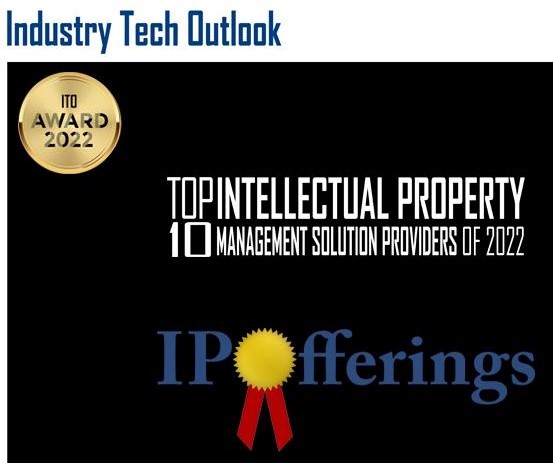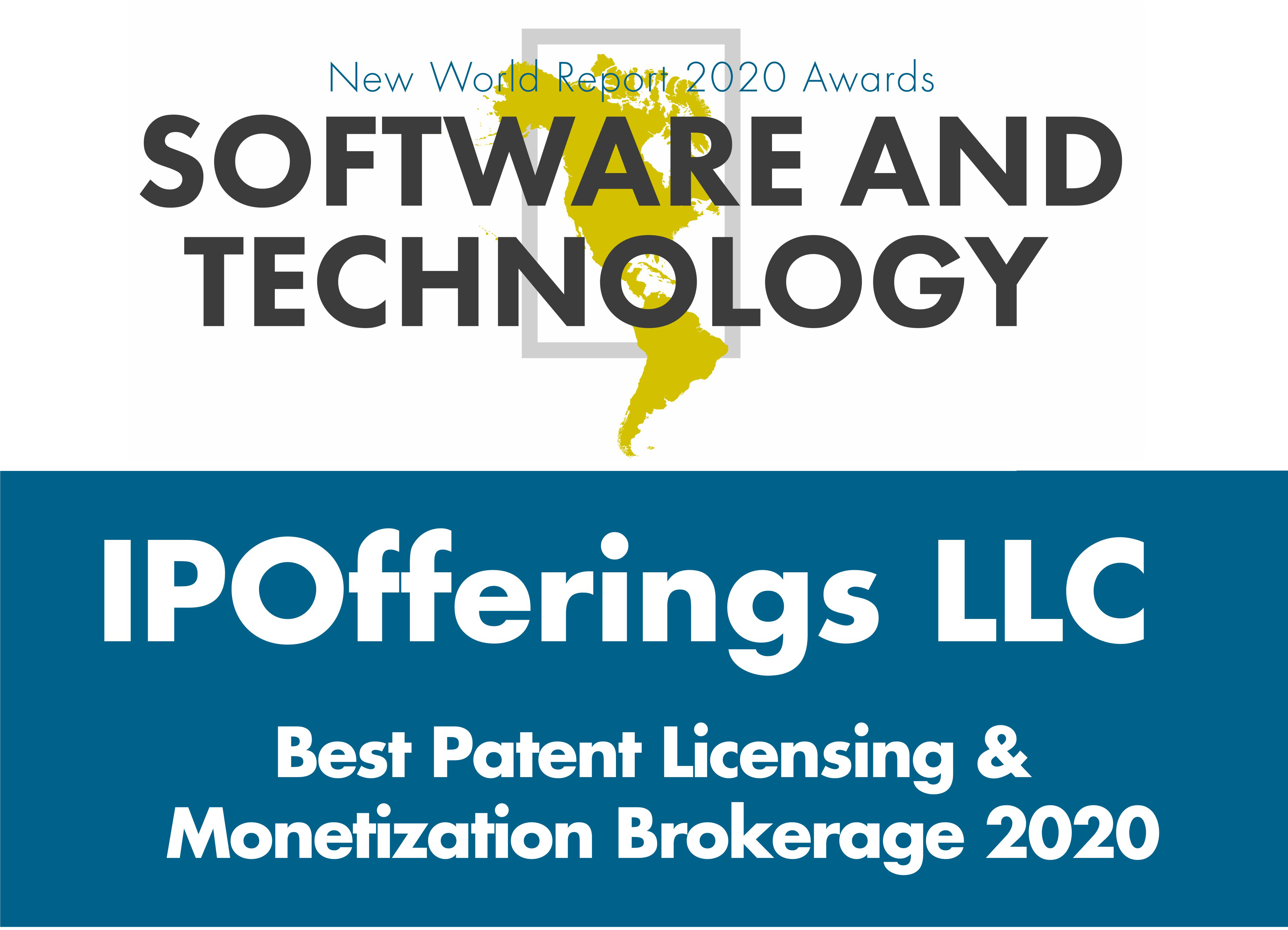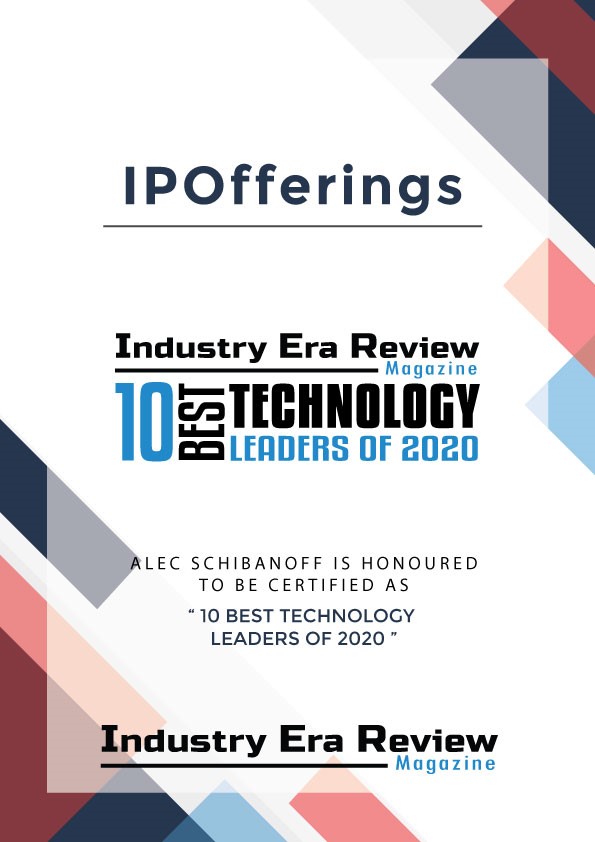Patent MarketPlace: Education and Training Patents for Sale
 Real-Time Song for Improved Learning and Communication for Clinically Impaired (Riffit): International Patent Portfolio
Real-Time Song for Improved Learning and Communication for Clinically Impaired (Riffit): International Patent Portfolio
Music has a powerful effect on us. As just one example, Alzheimer’s patients can hear a song and immediately sing along, remembering every word. Stutterers can sing a song without stuttering. The combination of words set to music is a truly magical combination that the human race has enjoyed for hundreds of years in every culture around the globe. How many times have you heard a song and remembered exactly where you were when you first heard it? If music affects Alzheimer’s patients and stuttering, surely it can be used to ameliorate other maladies and conditions.
It can, and this patent portfolio makes it real by bringing the “Language of Song” to the world. The technology covered by this portfolio can, for the first time ever, turn spoken words or text (paragraphs, sections from books, even AI-generated prose) into songs in real time in one or more genres – such as country or hip-hop. This is not just entertaining – it enhances engagement and comprehension. This portfolio creates AI-generated songs that aid comprehension in a broad range of conditions including dyslexia, an affliction that affects one in five children. Creating a specialized song for a dyslexic would be a time-consuming and expensive undertaking that would require unique and highly specialized skill sets.
This portfolio covers a large proportion of the AI-enabled real-time song generation space for treatment and enhanced general communication using a device and/or software provided for receiving real-time or near-real-time input. This input is converted to a patterned musical message, such as a melody, intended to facilitate learning or the cognitive process of a user. The application and device are described in the portfolio as a dedicated Real Time Musical Translation Device that incorporates hardware and software components, including mobile applications. The system uses Natural Language Processing to convert the spoken words or text that are entered into the system into song lyrics in traditional verse-chorus structure. A melody is then generated to support both the natural prosody of the text and the structure of the accompanying chord progression. AI is used to create a singing voice and music – appropriate to the melody – and all these elements are combined to create a unique, one-off, instructive song that connects with the recipient as only music can…in seconds.
Text-to-Music Portfolio
- U.S. Patent No. 11,049,492: Systems and methods for transposing spoken or textual input to music
- U.S. Patent Application 20230351990: Systems and methods for transposing spoken or textual input to music
- U.S. Patent Application 20240013757: Systems and methods capable of generating rhythmic repetition based on textual input
- U.S. Patent Application 20240071343: Systems and methods for transposing spoken or textual input to music
- U.S. Patent Application 20240212667: Systems and methods for transposing spoken or textual input to music
- European Patent Application 3935622: Systems and methods for transposing spoken or textual input to music
- Canadian Patent Application 31342742: Systems and methods for transposing spoken or textual input to music
- Australian Patent Application 2020231241: Systems and methods for transposing spoken or textual input to music
The acquirer of this technology can use it to launch a song-creation service to treat not just dyslexia, but to also address Alzheimer’s, autism, aphasia, Parkinson’s, attention-deficit/hyperactivity disorder, and an array of other afflictions, and to improve general communication for everyone. Each song created by the system is unique so there are no copyright infringement issues. The technology can be licensed to diverse users and schools and can be applied for medical treatments. It can also be implemented to improve general communication in diverse settings.
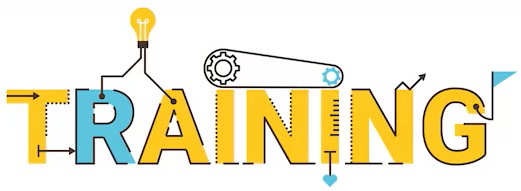 Computer-Generated Interactive Training Programs (Korea University): U.S. Patent No. 12,217,738
Computer-Generated Interactive Training Programs (Korea University): U.S. Patent No. 12,217,738
Nothing is more important to a society than citizens who are educated and able to contribute to the general welfare. And nothing is more important to a business or other organization than employees who are property trained so they can capably perform their jobs and contribute to the organization’s ability to serve the needs of its customers. The problem is that training is highly labor-intensive and, therefore, very expensive.
Until now. This patent uses computing apparatus to convert text data into speech, and convert speech data back to text data. It also uses speech recognition by a computing apparatus and includes generating a speech recognition postprocessing model by training a sequence-to-sequence model using generated training data. It generates text sentences corresponding to input speech data using a predetermined speech recognition model, and it corrects errors using the speech recognition postprocessing model to output corrected text sentences. In one embodiment of the invention, it is possible to infinitely generate training data and to solve issues such as spelling errors, spacing errors, number conversion, and symbol addition. Since the sequence-to-sequence model is reusable, it is possible to dramatically reduce development costs. Also, since the data that is generated is error-free, it significantly reduces time and costs by eliminating the need for proof reading.
U.S. Patent No. 12,217,738 and Korea Patent 102557810 for a “Method for generating training data and method for post-processing of speech recognition using the same” would enable any provider of training materials to dramatically reduce the time and cost of developing such materials.
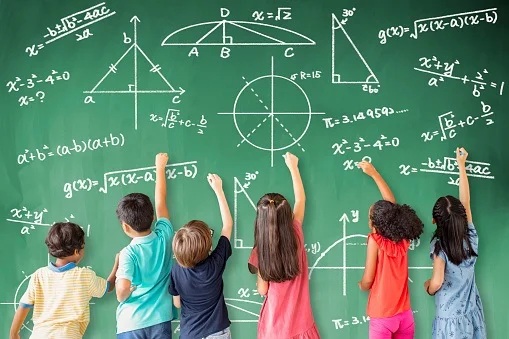 Math-Based Game to Enhance Math Skills (Buchner): U.S. Patent No. 8,771,050
Math-Based Game to Enhance Math Skills (Buchner): U.S. Patent No. 8,771,050
Numerous reports highlight a significant gap in the math skills of American students who are falling behind their peers in other developed countries. The COVID shutdowns in 2020 exacerbated an already troubling situation, and schools now face the challenging task of helping students catch up. Studies show that new skills can be acquired up to 20 times faster utilizing play. If we could make math more engaging – maybe even fun – we might be able to capture the attention of both children and adults. Just as games like crossword puzzles, Sudoku, and Wordle have gained loyal followings, imagine a world in which math games could have the same appeal.
This patent makes this vision a reality! It transforms the monotony of rote memorization into an exciting and rewarding challenge. It introduces a simple, yet engaging, counting game that can be played by individuals or multiple players, catering to varying levels of mental maturity. Players are given a predetermined set of numbers and mathematical functions, and the objective is to create equations that match a series of consecutive target numbers – starting from 1 and progressing as high as possible. A minimal viable product of the game has been developed, and it is poised to launch as a free, Wordle-like experience. Once live, the game could generate revenue from sponsors or advertisers who wish to support community-driven initiatives and/or promote science, technology, engineering, and math education. The game can be adapted for local, state, national, and even global contests (like spelling bees) and, since math is universal, these competitions could even have global reach. It could be incorporated into teaching software that streamlines and automates grading and assessments for teachers and administrators, saving valuable time. The game is a natural fit for tutorial companies and the growing homeschooling market. It also offers great potential as a print or digital ad-specialty product, ideal for educational promotions or corporate social responsibility initiatives.
U.S. Patent No. 8,771,050 for a “Game counting numbers consecutively using math skills” has significant commercialization opportunities as a standalone advertiser-supported website, featured on platforms targeting K-12 students, or developed as a powerful app that combines entertainment while reinforcing the foundation of one of the most important life skills.
Patent Brokerage Prospectus: Contact [email protected] to receive an analysis of each portfolio that includes:
- Executive Summary
- Patent Overview and History
- Technology and Investment Summary
- Market Research
- Company Analysis
- Illustrative Evidence of Use (if applicable)
We offer patents in these technologies:
- Agricultural
- Artificial Intelligence
- Automotive/Vehicular
- Aviation
- Banking/Financial Services
- Beverages/Foods/Nutritional Products
- Boat and Marine
- Cannabis and Medical Marijuana
- Construction/Building Trades
- Consumer Electronics
- Consumer Products
- Digital Currency/Cryptocurrency
- Drones/UAVs
- E-Cigarette & Vaping Technology
- E-Commerce
- Education & Training
- Energy/Power Generation
- Health and Beauty Products (HBP)
- IoT Patents/Internet of Things
- Manufacturing
- Medical Electronics and Devices
- Mining/Drilling
- Mobile/Wireless
- Network/Location-Based Services
- Optics/Displays/Video/LED
- OTT Patents/Over-the-Top
- Packaging
- PCs and Notebooks
- Pharmaceuticals
- Robotics/Automation
- Semiconductor
- Shoe & Apparel
- Smart Home/Smart Office
- Social Media
- Software, Apps, and Architecture
- Sports/Sporting Goods
- Telecommunications/IP Telephony
- Warehousing/Material Handling
- Other
- Go to Patent Index
- Return to Patent MarketPlace

